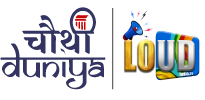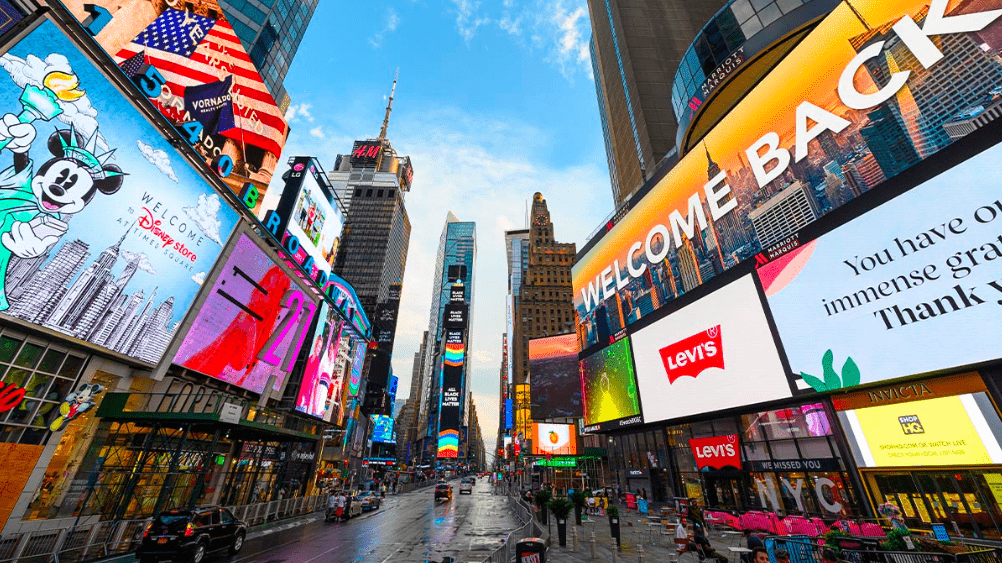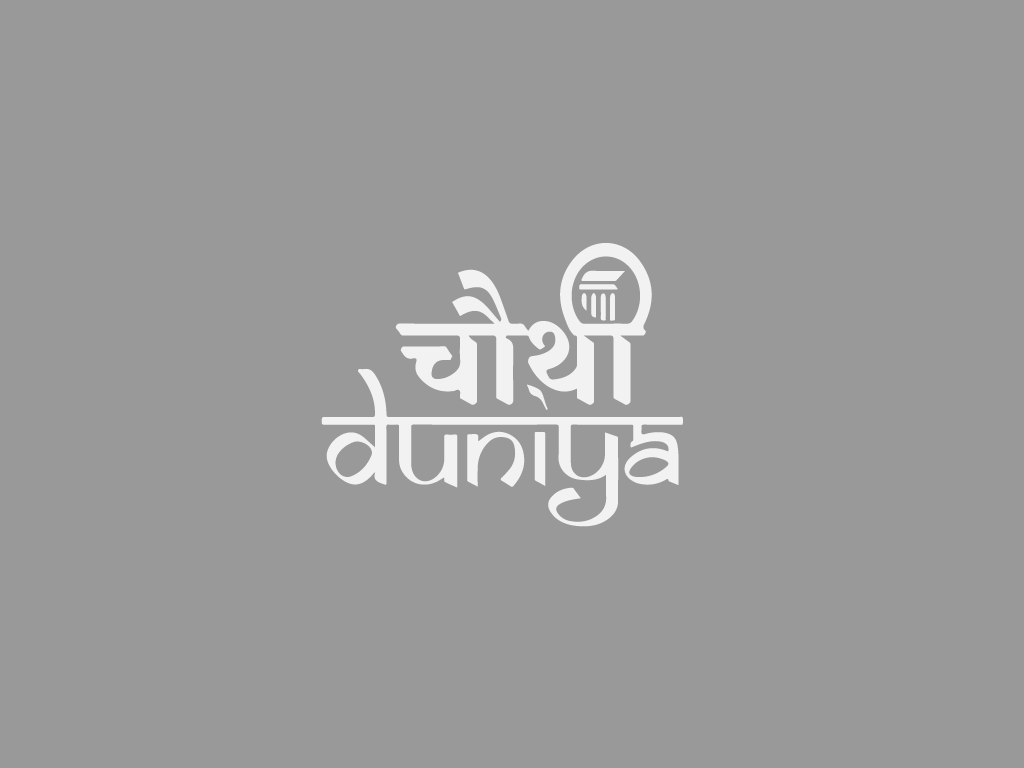Over the past decade, the Indian advertising industry has undergone significant transformations, influenced by various factors that have reshaped the way brands connect with consumers. Here are 15 key factors that have played a pivotal role, along with noteworthy examples:
1. Digital Revolution: The surge in internet penetration propelled digital advertising. Brands like Flipkart and Swiggy embraced innovative online campaigns, tapping into the vast digital audience.
2. Social Media Dominance: Platforms like Instagram and Twitter became advertising hubs. The #ShareACoke campaign by Coca-Cola successfully engaged consumers through personalized social media initiatives.
3. Data-Driven Insights: Analytics and data-driven strategies gained prominence. Google’s targeted advertising algorithms, utilizing user behavior data, set a benchmark for precision marketing.
4. Video Content Surge: The rise of platforms like YouTube witnessed a shift towards video-centric advertising. Cadbury’s “Shubh Aarambh” ad campaign leveraged emotional storytelling through videos.
5. E-commerce Boom: The flourishing e-commerce sector led to a surge in online advertising. Amazon’s strategic campaigns and exclusive deals became integral in this landscape.
6. Mobile-First Approach: With the increase in smartphone usage, advertisers shifted focus to mobile-first campaigns. Paytm’s mobile-centric promotions revolutionized digital payments advertising.
7. Influencer Marketing: Collaborations with influencers became a mainstream advertising strategy. Brands like Nykaa and Myntra leveraged influencers to reach niche audiences.
8. CSR Integration: Corporate Social Responsibility (CSR) became an integral part of advertising. Tata Tea’s “Jaago Re” campaign effectively combined social awareness with brand promotion.
9. Personalization Trends: Tailoring ads based on user preferences gained momentum. Spotify’s personalized playlists and recommendations exemplify this trend in music streaming advertising.
10. Programmatic Advertising: Automation in ad buying expanded, optimizing targeting and efficiency. HDFC Bank’s programmatic campaigns exemplified the potential for personalized financial services advertising.
11. Rise of Regional Content: Advertisers increasingly embraced regional languages and cultures. Byju’s ad campaigns featuring regional celebrities exemplified successful regional content integration.
12. Sustainability Focus: Environmentally conscious advertising gained traction. Titan’s “Be More” campaign highlighted sustainable practices in the jewelry industry.
13. Interactive Experiences: Augmented Reality (AR) and interactive ads gained popularity. Pepsi’s AR-based campaigns, like the “Pepsi GIF booth,” engaged consumers beyond traditional methods.
14. Brand Collaborations: Collaborative advertising efforts became prevalent. McDonald’s and Uber Eats collaborated for exclusive promotions, showcasing the power of partnerships.
15. Regulatory Changes: Evolving advertising regulations impacted the industry. The ban on certain types of endorsements in the beauty sector reshaped how brands like Fair & Lovely approached their messaging.
As India’s advertising landscape continues to evolve, these factors will likely influence the industry’s trajectory in the years to come.















